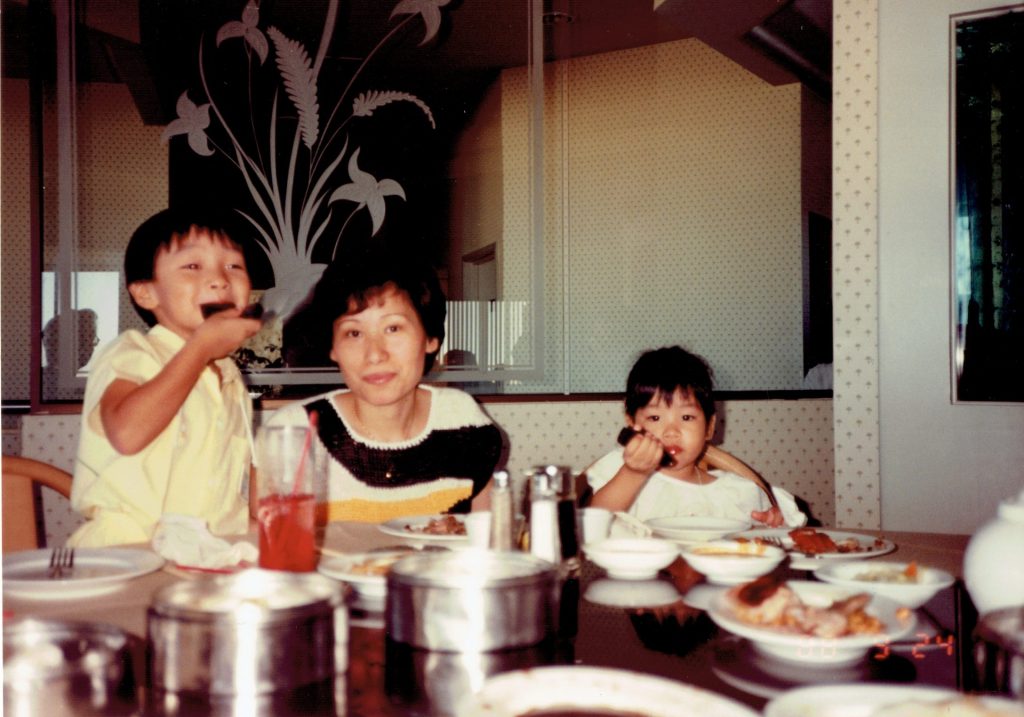
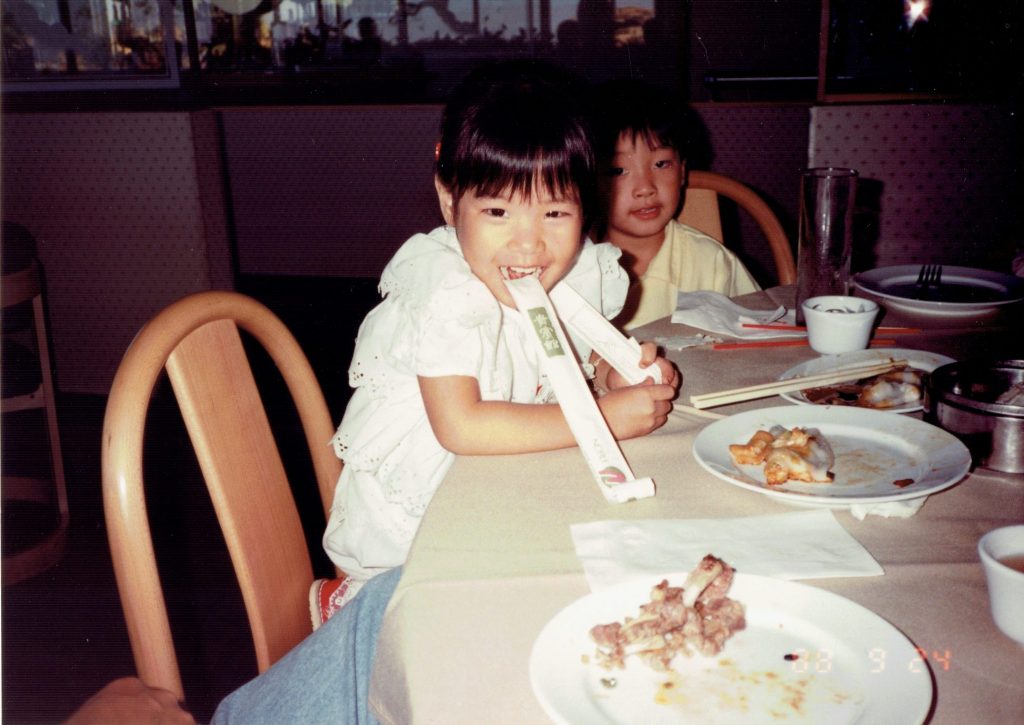

EUGENE KAN: How did you get into photography?
CARMEN CHAN: I didn’t get into photography when I was really young, although I do recall when I was maybe 10 my mom gave me an Olympus View point and shoot that I still have, and it’s now made a comeback as a film camera trend. I did take photos for social purposes like documenting friends and family with digital cameras, but never from an artistic angle, like trying to make art.
So for me, photography as a career began when I was tired of my job in production, scripted film and television production, and I saw a photo that my friend who I went to high school with posted on Facebook or Flickr. It’s a photo of cups hanging in a kitchen. It’s so mundane, but for some reason I thought it was an amazing photo. I hit him up and was like, “Hey, wanna meet up and catch up?” The next time we met, he had extra camera bodies and taught me how to use the camera in manual mode. From there, I became obsessed and would bring the camera to work, take pictures of my coworkers and random s*** like flowers.
What do you think accelerated your trajectory into being a professional photographer?
I think I was around 24. I was looking for an escape route from my production career. So I think it was the timing of picking up the camera, being really dissatisfied with where I was and realizing that I didn’t want to continue to pursue that career path because it would lead to a lifestyle that I didn’t want for myself. I think it was just the drive to be like, “Okay, I really like this. More than what I’m doing now. So what would a career in photography look like?”
I started following a few photography blogs. A fashion photographer based in LA whose blog I followed posted that she was hiring an intern. My portfolio was my Flickr account. I had all this administrative experience so I was hired to intern half the time for her and half the time for her agent. And then her agent went into rehab so I ended up basically being her studio manager and helping her with estimates and stuff. Then I moved to Hong Kong and started shooting. And that was it.

You published your photobook Chinese Food in 2021, which was inspired by your upbringing. Could you tell me about that?
My dad’s restaurant was a zau lau (Chinese banquet hall) with dim sum and my dad was in the kitchen cooking. My most vivid memory is the fish tank. When you enter the front door, there’s a fish tank and you can see through the fish tank into the dining room. To the right, there’s this ramp that gives you access to a small bar to the side and, because it was in Vegas, there were video poker machines. I would always go behind the bar and eat maraschino cherries. That’s a good memory.
I remember we knew everyone. We would go to all the Asian restaurants and everyone knew everyone else. We knew the owners, they knew our family, and our relatives also worked at those restaurants. We didn’t ever go to Applebee’s or Arby’s, we would go to an Asian restaurant if we were going to eat out. My book was about how ubiquitous Chinese food restaurants are across America and how when I visit those restaurants and I hear them speaking Chinese it immediately feels familiar. I think that’s what Chinese restaurants provide for immigrants and for second and third generation Asian Americans.
How do you think Americans who aren’t Asian American view Chinese restaurants?
In some parts of America, Chinese food is Asian food. That’s the only Asian food they know. The ironic thing is that at a lot of these Chinese restaurants the menus are General Tso’s chicken and moo shu pork and stuff that they don’t serve in Hong Kong. I don’t think it’s authentic, but it’s authentic to America. It’s authentic to what Americans expect when they order Chinese food. It’s interesting that immigrants who can cook all these things probably don’t even eat off their own menu. They have a menu that serves Americans.
Chinese restaurants in the past were a way for immigrants to build a future. Do you think there are different options available to immigrants now?
If you’re not fluent in English, you end up in a labor job. A lot of these types of restaurants are family businesses. If you’re an immigrant, you’re likely working a job that doesn’t require language skills, so you end up in a friend’s or family’s Chinese restaurant. It’s familiar. When my dad first moved to the United States from Hong Kong, the first job he got was at a Chinese restaurant, until he gained more skills and had a network so that he could open his own restaurant. I think our generation has way more options, but for immigrants without higher education it’s the same as before. Restaurants and nail salons. It’s almost a necessary space of transition for immigrants.
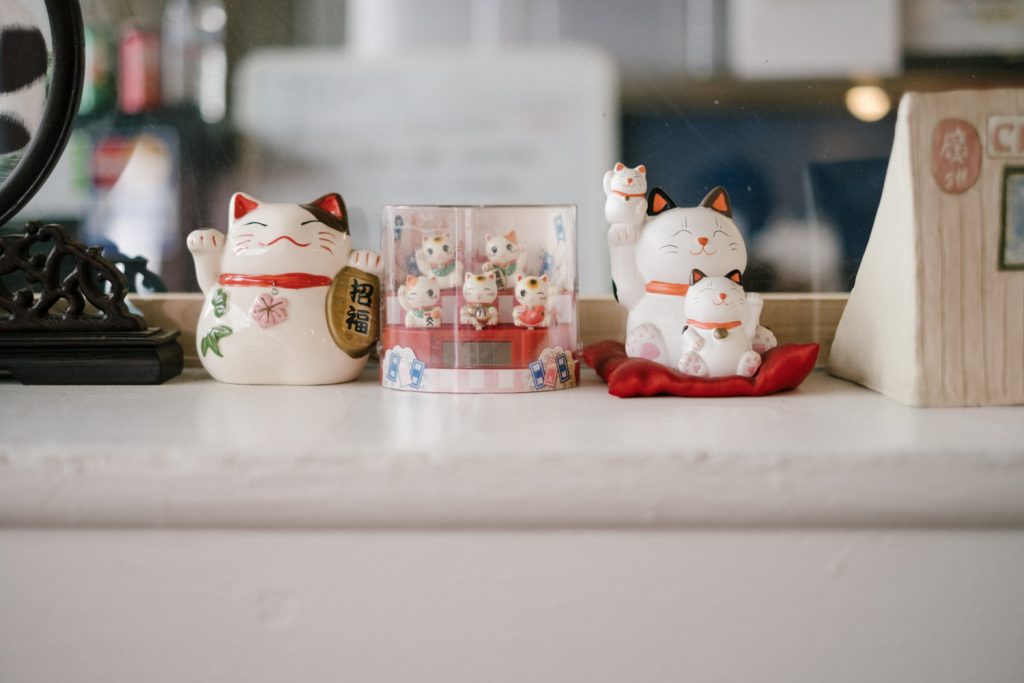
Was there a particular moment that motivated you to start this project?
We don’t really have documentation of our restaurant. The restaurant still stands, but it’s gone through many rounds of ownership. For me, it’s about relating to the immigrant story and wanting to tell the stories of people who moved to the USA, started a restaurant, and what their children experienced. With the limitations of budget and location, I searched for restaurants that felt like they had been around for a while and had a familiar aesthetic to me: the vinyl booths, the colors, the menu, the table cloths. I was searching on Google Maps looking for restaurants all over California that felt familiar to me, but that I had never been to before. Initially, I wanted to be able to interview people, but I couldn’t get the access, so I just ended up visiting these restaurants, ordering food, and taking photos while I was there.
I feel like because I didn’t get the opportunity to do it with my dad’s restaurant, I wanted to do it with these restaurants for these people and for other people who had also grown up in restaurants. The images evoke memories for people.
What reactions did you get to Chinese Food?
I was surprised by how it resonated with people. The timing coincided with COVID and the rise of Asian hate. I initially ordered around one hundred copies and it sold out in 24 hours. I then had to do a second run of another two or three hundred, which also sold out in just a few days. I honestly didn’t think anyone would buy it. People were asking if I would do another run. I feel like none of my work prior to this project has had that effect on people.
Has it shifted how you will create work in the future?
For sure. It sounds really cheesy, but during the pandemic, right before this project was published, I was doing coaching. I had a mantra or a mind shift change, “The art of my heart brings value to the world.” It’s super cheesy, but I had that on a post-it, because the phrase that existed prior to that was, “My opinions have no value.” Moving forward, I know that what I’m drawn to, the things that I notice, can have an effect on people in ways that I can’t predict. I just have to believe that. This project has been affirming for me as an artist, not just as a photographer running a business.

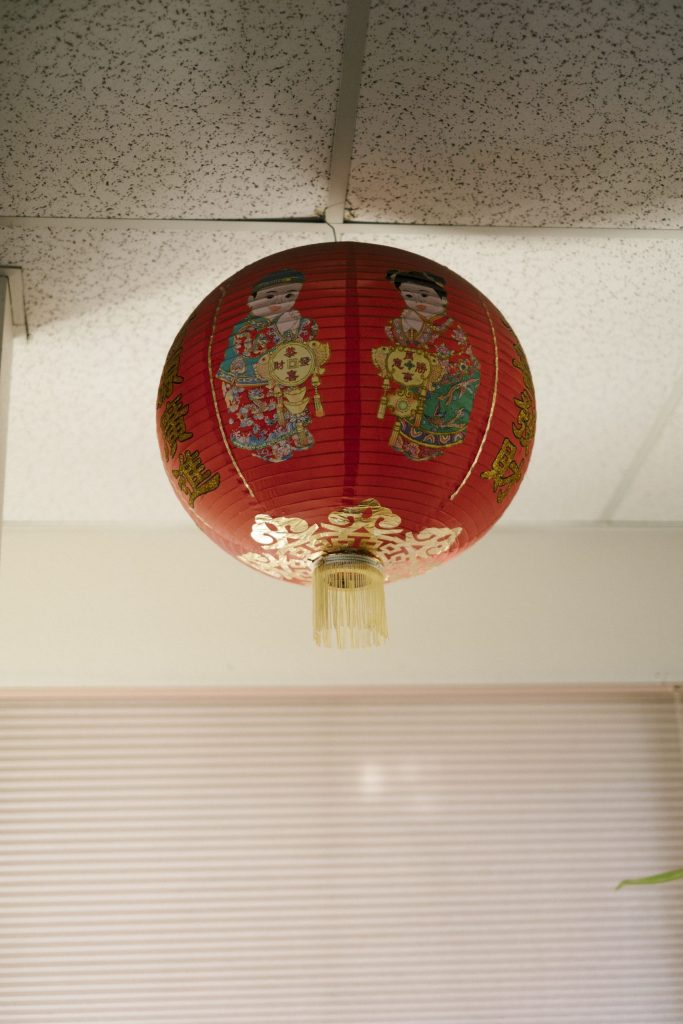
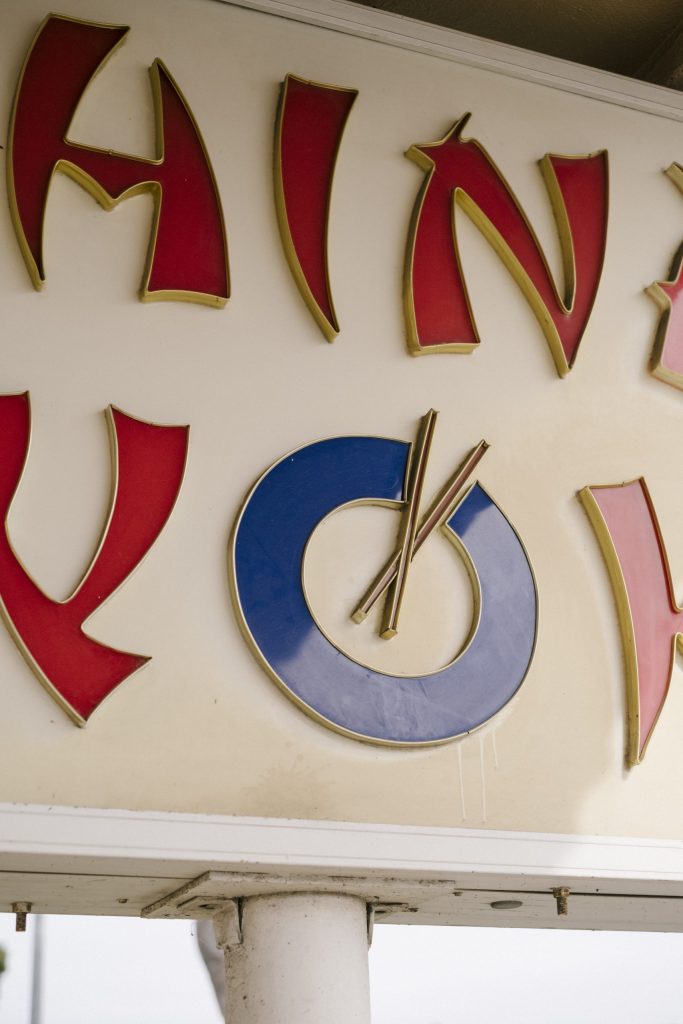
What is your perspective now on your commercial work compared to your passion projects?
I’ve seen photography that is provoking and emotional, and this project proved to me that I’m capable of that. What I’m creating means more to me than just creating a pretty photo. There needs to be some vulnerability in the approach or in the intention, and somehow that translates and connects with people. It’s like the more personal you get, the deeper that you’re able to connect with people, the few people that have had those similar experiences. I’d rather create stuff that is meaningful to me and to other people. That stuff is proven to be a powerful experience for everyone involved, compared to most of the client work that I do.
When I first started photography, I purely saw it as a career endeavor. How do I start a business? How do I improve my skills? How do I need to shoot in order to get work? While some of that came naturally, for a long time I didn’t think that I had anything personal to say or that my opinion mattered or that anyone cared to see or hear anything personal. I don’t know how that was conditioned in me. I just went into the industry like, “How do I blend in? How do I get work?” I was just trying to create a brand and a portfolio that was marketable.
This project was the first thing I made that felt purposeful, meaningful, and personal. It proved to me that my experiences and point of view resonate with a lot of people, even though I had doubts about it.
Could you dig deeper into the reasons behind why you felt the need to blend in?
I think being an Asian American woman, because you look at the industry in the United States and it’s dominated by white men. So I didn’t think it would be advantageous to stand out. I just saw it very much as a problem that I needed to solve, “How do I get my portfolio to a level that I see other people’s at in order to succeed?”
What did you think it’d be like to be a photographer and artist and what has been the reality of it?
I didn’t have any expectations. I didn’t even expect to still be doing it at this point. When people ask me what my greatest achievement is in my career, I say it’s the fact that I’ve survived this long, and that I’ve been able to make a living off of it thus far. Maybe I should be more confident, but just the fact that people still pay me to go places and take photos, I don’t take that for granted. I’m just starting to think about what being an artist could look like and pursuing fine art.
Do you think things have changed in terms of opportunities available for people like yourself?
When I started, people weren’t being as stylistic and people didn’t have really strong voices that set them apart. I feel like, before, the commercial world was pretty homogenous and now I think it’s important that everyone has a very unique style and point of view so that you are the only person that can get hired for that thing. Before, you had the skill and you showed the work and then you got hired. Whereas now it’s, “Show me your personal work. I want to be inspired by it and I want to hire you because this story in some way connects to your personal work.”
With this project, I took photos of what I thought looked cool, however I wanted to. If I could get commissioned by a client to use that exact approach, that would be the dream. Now, I know the value of my personal work. Ideally, it’s a cycle: you keep creating personal work, and that personal work gets you commercial work. Sometimes a client sees your personal work and hires you to shoot something that’s not like your personal work, but at least they know you can add value and they like your eye and point of view.
What would you say to a younger version of yourself?
If I could go back or if I could give someone advice, “Start with your personal work.” Just start building a portfolio, not based on what you think Nike wants or what you see people creating, but create from whatever compels you. Your point of view, your perspective, what you’re attracted to, all of that is unique to you. And a client’s not going to be able to find that anywhere else.
But if you’re mimicking other stuff, plenty of people can do that, and someone’s already doing it better than you are. Nowadays, what gets people hired is the personal work they show. People want to see a client list and need to see that you can perform on set and manage your crew, but your personal work is really the only thing that sets you apart. ▲

